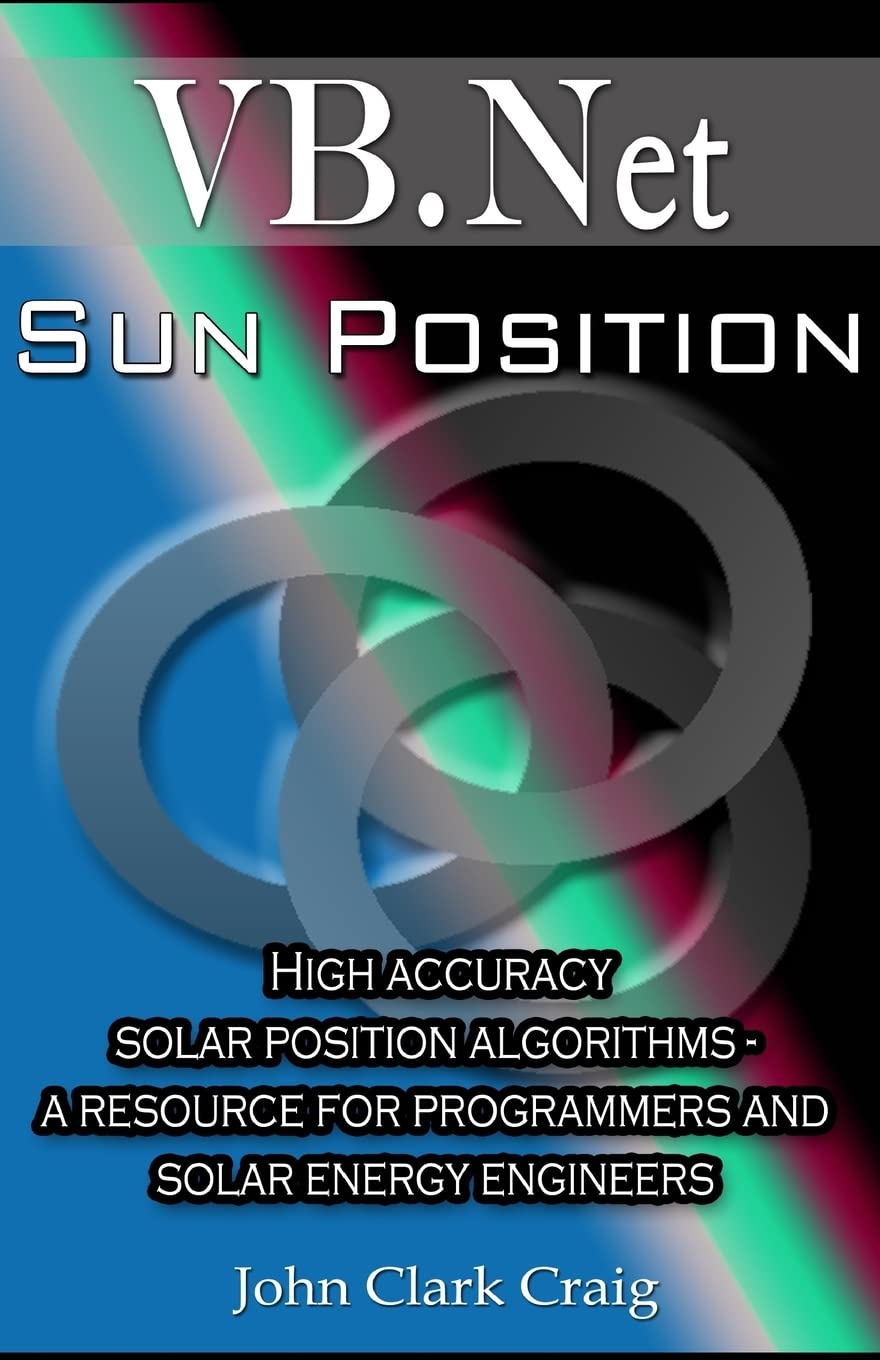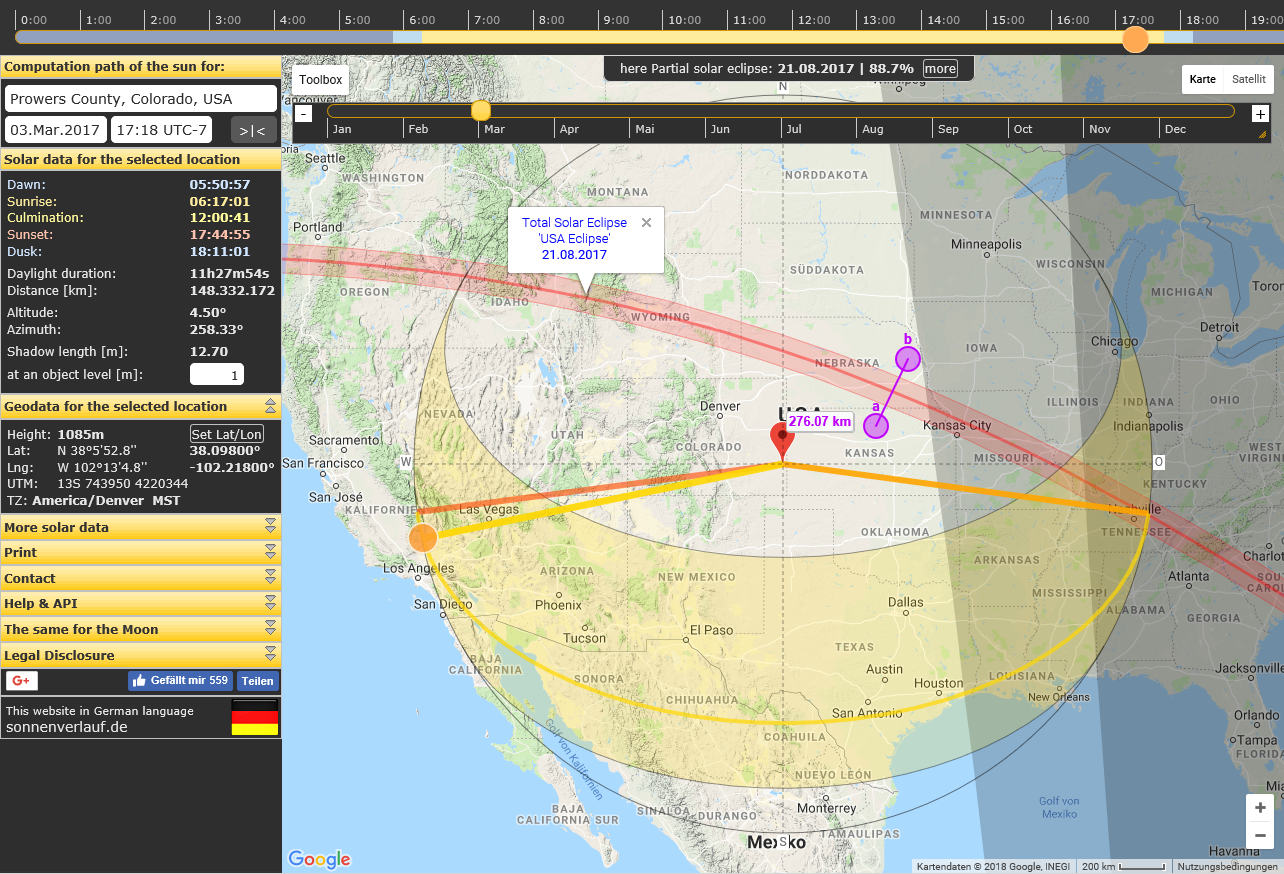
Source: Amazon.com · Auf Lager
Sun Tracking Algorithms for Photovoltaic Systems
When it comes to accurately tracking the sun for photovoltaic applications, various algorithms have been developed to ensure precise alignment with the sun’s position. These algorithms play a crucial role in optimizing the efficiency of solar energy systems.
Accuracy of Sun Tracking Algorithms
For most terrestrial photovoltaic applications, algorithms that are accurate to within about 1° are sufficient. In the case of flat plate modules, slight inaccuracies in siting are generally negligible due to other unknown factors at the location, such as atmospheric effects. However, for concentrator modules that track and focus sunlight, higher accuracy is essential. As the concentration of sunlight increases, so does the need for precise sun tracking.
Challenges in Sun Tracking
Systems with high concentration ratios, such as 1000:1, require the sun to be tracked with extreme precision, within 3.5 minutes (0.06°) of arc. Traditional methods like look-up tables based on the Astronomical Almanac or computer implementations may not be suitable for microcontrollers used in tracking systems due to their complexity.
Development of Advanced Algorithms
Researchers have developed sophisticated algorithms to address the challenges of sun tracking accuracy. These algorithms strike a balance between precision and complexity. The Plataforma Solar de Almería (PSA) introduced an algorithm optimized for microcontrollers, offering high accuracy within 0.5 minutes of arc for the years 1999-2015. This algorithm has been widely adopted in solar energy applications.
Implementation and Refinements
Other institutions like the National Renewable Energy Laboratory (NREL) have further refined sun tracking algorithms to enhance accuracy. Their online implementations provide valuable tools for optimizing sun tracking in photovoltaic systems. These advancements have significantly improved the efficiency and performance of solar energy technologies.
PSA Algorithm for High Accuracy Sun Tracking
The PSA algorithm utilizes Universal Time (UT) to eliminate uncertainties arising from local time zones. By inputting longitude and latitude coordinates, users can accurately determine the sun’s azimuth, zenith, and elevation angles. This algorithm has been instrumental in achieving precise sun tracking for enhanced energy production.

Source: www.suncalc.org
Feel free to comment your thoughts.
